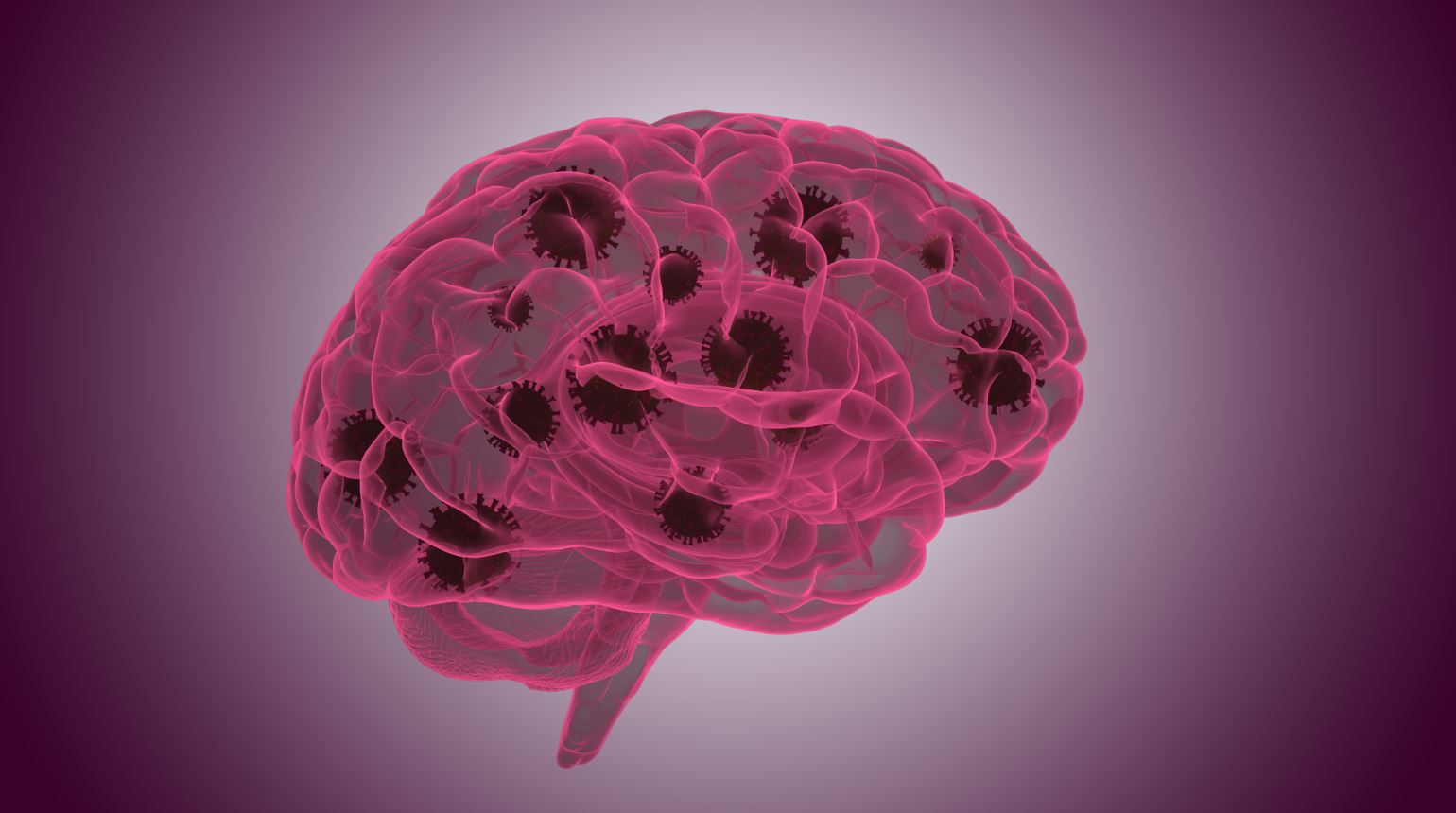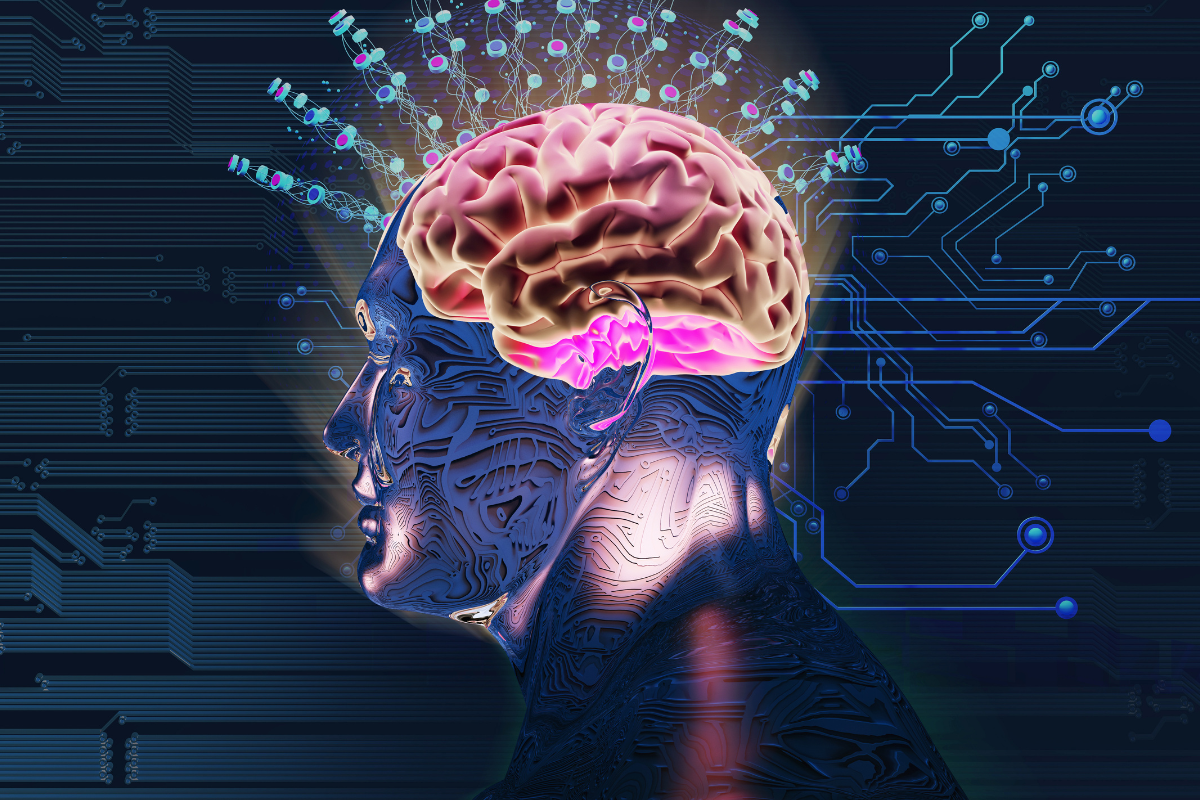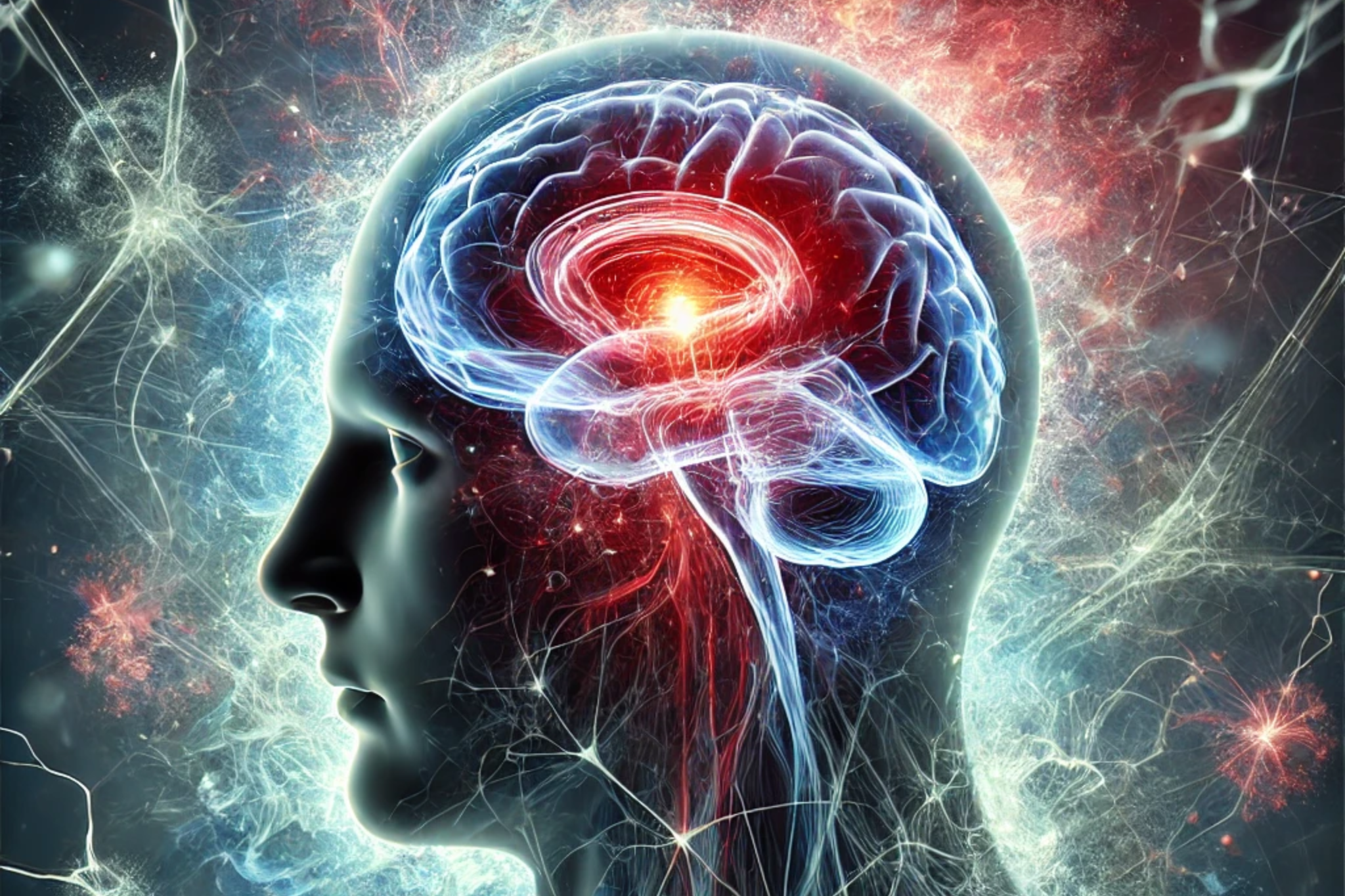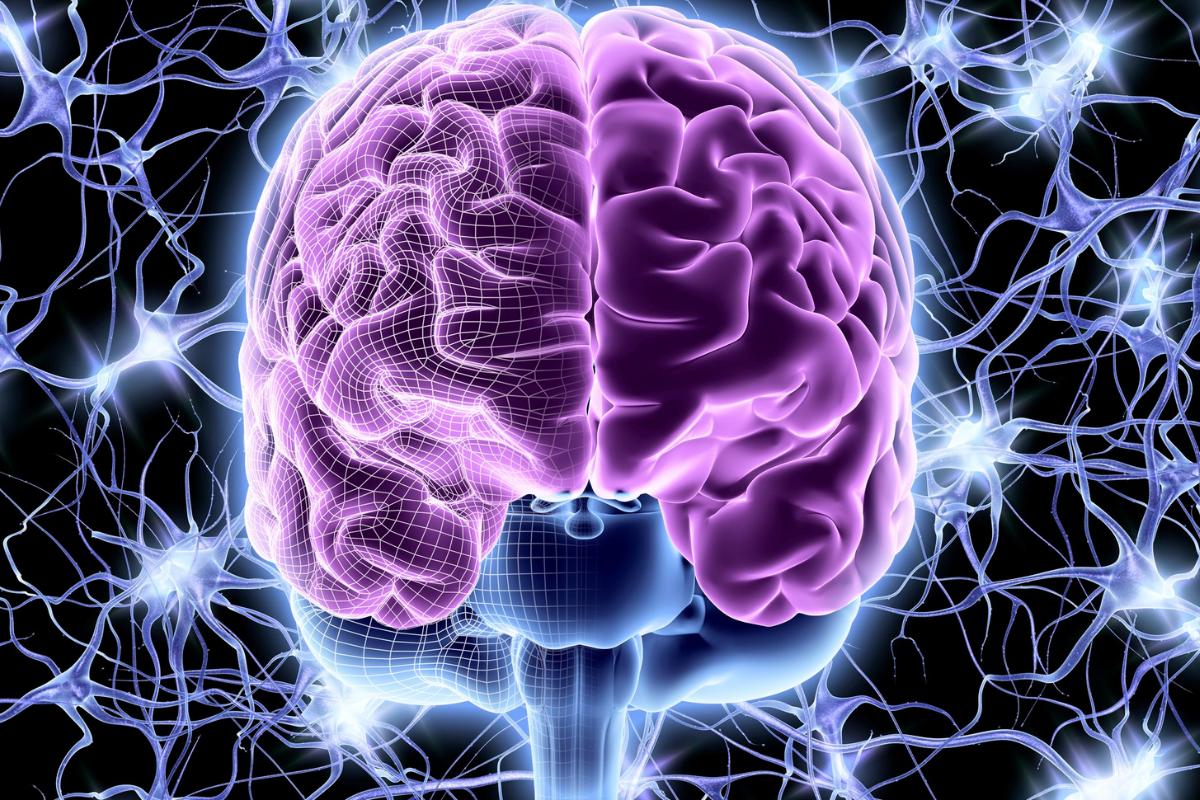By Dr. Petrus Raulino
Since the beginning of the COVID-19 there is growing concern that survivors may be at greater risk of neurological and psychiatric illnesses.
An observational study of 62,354 COVID-19 survivors showed an increased risk of mood and anxiety disorders in the first three months after infection. Even among patients without any psychiatric history.
Over time, new research has contributed to science's further understanding of the evolution of COVID-19.
Published research has emerged with large-scale data examining the risks of neurological and psychiatric diagnoses after six months of COVID-19 infection.
New study on psychiatric condition after COVID-19
A recent study carried out at Oxford University and published in the journal The Lancet Psychiatry found that one in three people who survive COVID-19 is diagnosed with a neurological or psychiatric condition six months after being infected.
To reach this conclusion, the study analyzed the health records of more than 230,000 people with confirmed COVID-19 in 62 healthcare organizations, mainly in the USA.
Study results
Overall, the estimated incidence of diagnosis of a neurological or psychiatric disorder after COVID-19 infection was 34%. For 13% of these people, it was the first recorded neurological or psychiatric diagnosis.
The most common diagnoses after COVID-19 were anxiety disorders (occurring in 17% of patients), mood disorders (14%), substance use disorders (7%) and insomnia (5%).
The incidence of neurological outcomes was lower, including 0.6% for cerebral hemorrhage, 2.1% for ischemic stroke and 0.7% for dementia.
It is worth noting that these incidences were even higher in patients who required hospitalization and markedly higher in those who required ICU admission or developed encephalopathy.
Many people wonder how a respiratory illness can cause psychiatric or neurological effects, and the answer to this question is still unclear as to the exact pathophysiological mechanism.
However, there are several hypotheses for the potential mechanisms that cause the association between COVID-19 and psychiatric disorders and/or neurological damage. These include viral invasion of the central nervous system, hypercoagulable states and neural effects of the immune response.
Conclusion
Unfortunately, many of psychiatric disorders identified by COVID-19 research tend to be chronic or recurrent. Therefore, we can anticipate that the burden of COVID-19 could be with us for many years to come.
On the other hand, research continues and could also provide us with valuable information on how to deal with or overcome the burden of COVID-19.
References
Lee, M. H., Perl, D. P., Nair, G., Li, W., Maric, D., Murray, H., ... & Nath, A. (2021). Microvascular injury in the brains of patients with Covid-19. New England Journal of Medicine, 384(5), 481-483.
Taquet, M., Luciano, S., Geddes, J. R., & Harrison, P. J. (2021). Bidirectional associations between COVID-19 and psychiatric disorder: retrospective cohort studies of 62 354 COVID-19 cases in the USA. The Lancet Psychiatry, 8(2), 130-140.
Taquet, M., Geddes, J. R., Husain, M., & Harrison, P. J. (2021). Six-Month neurological and psychiatric outcomes in 236,379 survivors of COVID-19. The Lancet Psychiatry, April 6, published on-line.
Kreye, J., Reincke, S. M., & Prüss, H. (2020). Do cross-reactive antibodies cause neuropathology in COVID-19? Nature Reviews Immunology, 20(11), 645-646.
Meinhardt, J., Radke, J., Dittmayer, C., Franz, J., Thomas, C., Mothes, R., ... & Heppner, F. L. (2021). Olfactory transmucosal SARS-CoV-2 invasion as a port of central nervous system entry in individuals with COVID-19. Nature neuroscience, 24(2), 168-175.
Rhea, E. M., Logsdon, A. F., Hansen, K. M., Williams, L. M., Reed, M. J., Baumann, K. K., ... & Erickson, M. A. (2021). The S1 protein of SARS-CoV-2 crosses the blood-brain barrier in mice. Nature neuroscience, 24(3), 368-378.
Panigada, M., Bottino, N., Tagliabue, P., Grasselli, G., Novembrino, C., Chantarangkul, V., ... & Tripodi, A. (2020). Hypercoagulability of COVID?19 patients in intensive care unit: a report of thromboelastography findings and other parameters of hemostasis. Journal of Thrombosis and Haemostasis, 18(7), 1738-1742.







